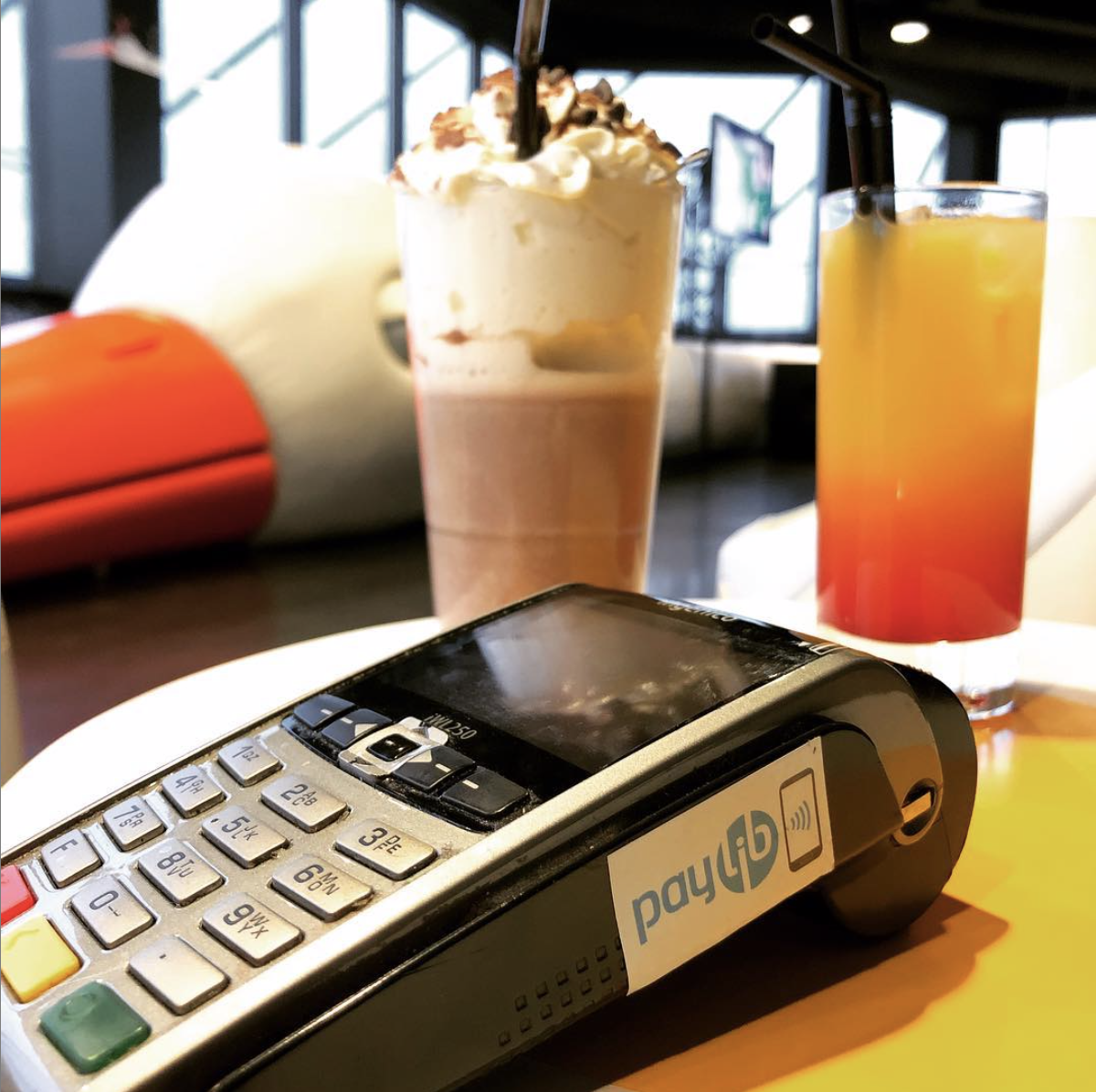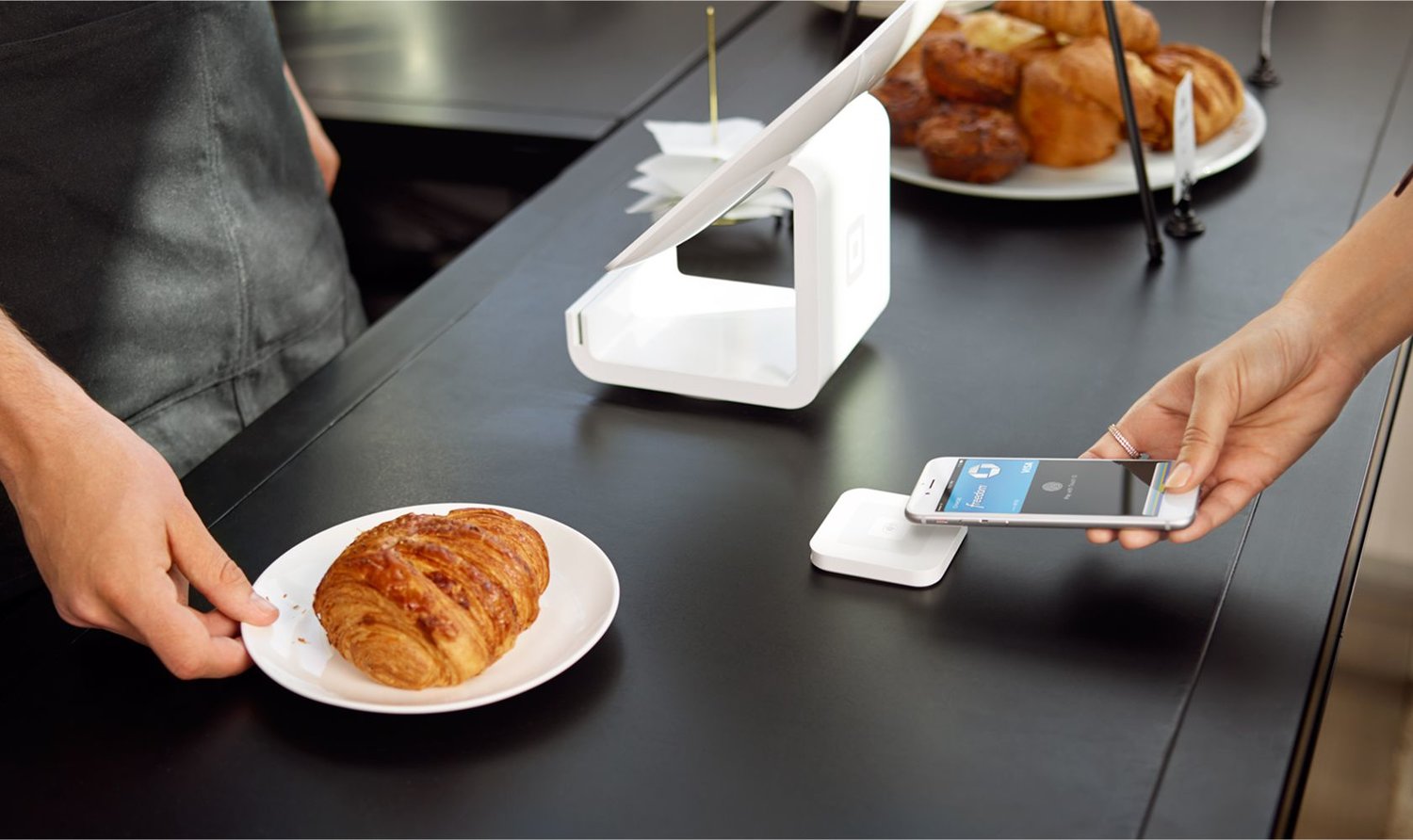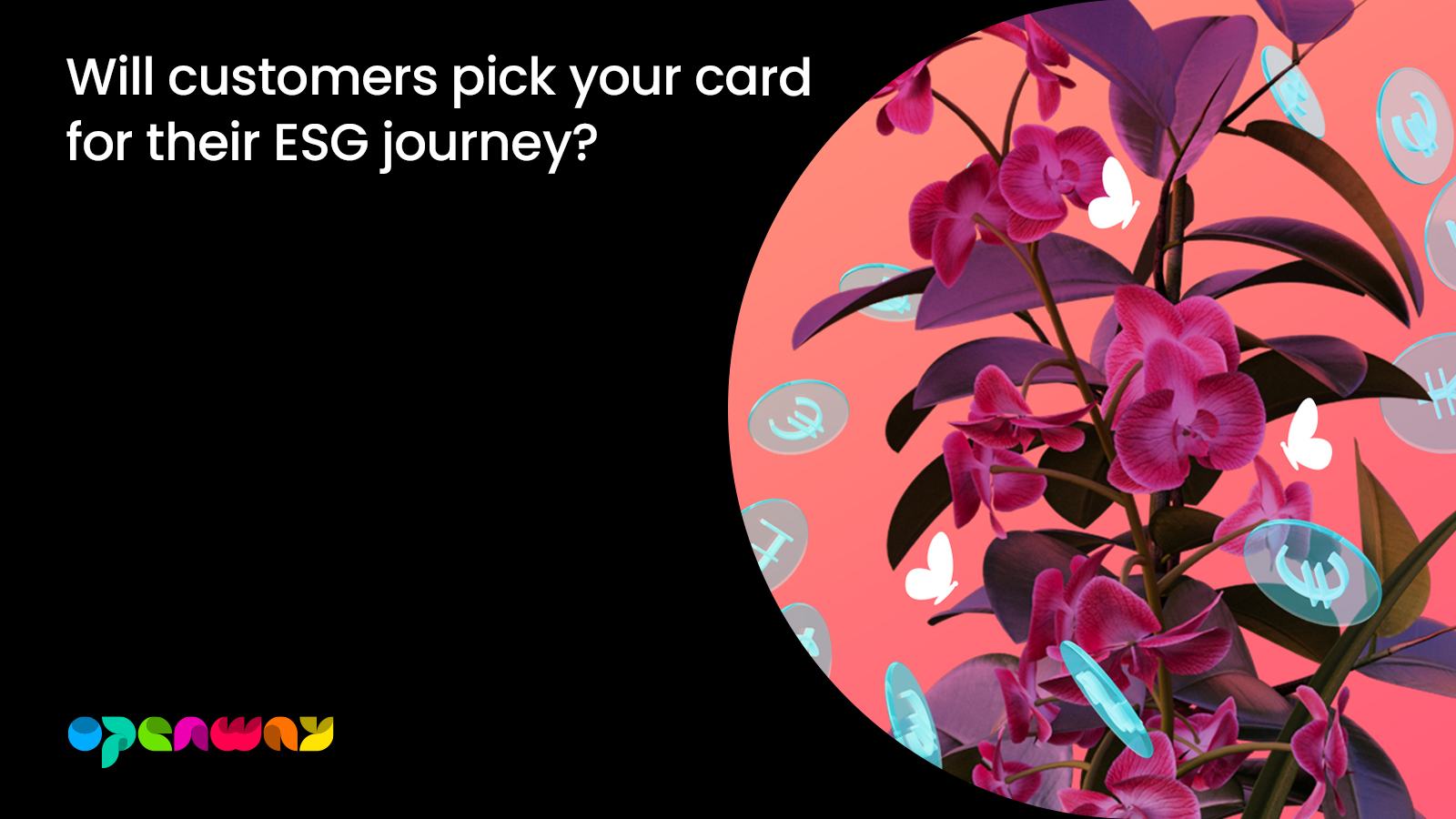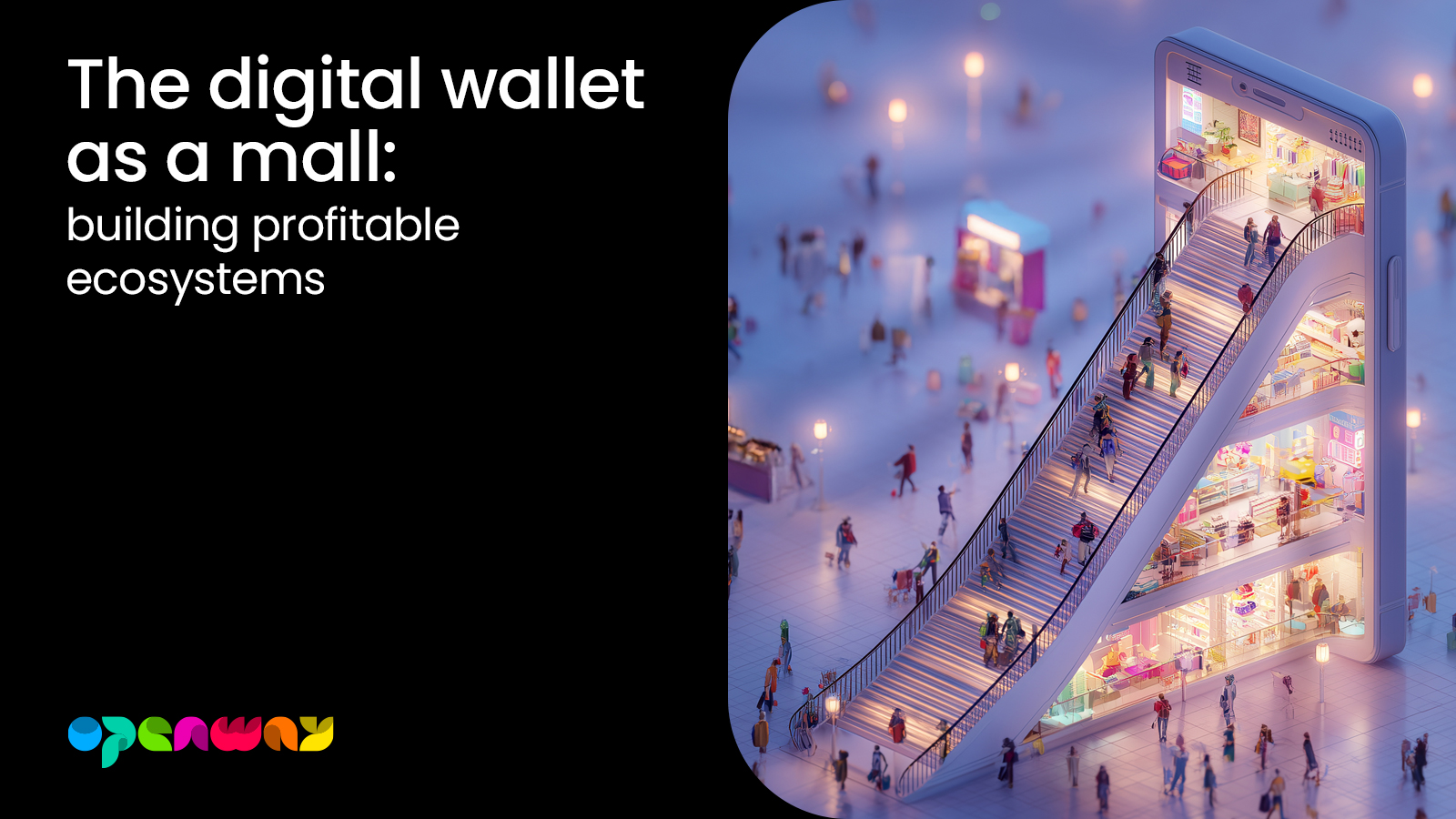When Apple CEO Tim Cook announced the launch of Apple Pay on September 9, 2014, the audience was amazed. The bulky old strapped leather wallet could be replaced by the sleek, elegant, Apple smartphone. Back then it seemed incredible that with the touch of a finger, customers could purchase their daily groceries or favourite lattes.
Today, consumers find it natural to manage their credit and debit cards, loyalty and medicare cards, insurance and business cards, receipts, IDs, train and event tickets via their smartphone.
Digital wallets in a nutshell
A digital wallet is a system that stores users’ payment information and passwords for numerous payment methods and websites. The digital wallets market has expanded a lot in the last five years, due to the surge of mobile payments, smartphone penetration, shift in consumer behaviour, and sometimes regulation.
Nevertheless, digital wallets are still in a period of proliferation, and the key to their success is not to focus on frictionless payments, but on the added value that a user would get from using the service and the innovation around these wallets (e.g. adding crypto payments). So, the new possibilities that digital wallets bring to businesses are appealing for several reasons: they are easily integrated on multiple devices, have user-friendly interfaces, most can be used across channels, and they open the door for extensive loyalty, marketing programs and any type of new features/ideas around payments (such as the Apple’s Credit Card coupled with Apple Pay).
Moreover, digital wallets allow consumers in developing nations to participate in the global financial system, as these do not require a bank account with a physical company or branch, often enabling those in rural areas to connect. As a result, in some part of the globe, they help users to accept payments for services rendered, as well as receive funds or remittances from friends and family.
Asia Pacific, Europe, LATAM, and the US (to) love digital wallets
By the end of 2019, nearly 2.1 billion consumers worldwide will be using a mobile wallet to make a payment or send money, up by nearly 30% on the 1.6 billion recorded at the end of 2017, according to Juniper Research. Out of these, more than two-thirds of mobile wallet users live in Asia-Pacific, with China alone contributing close to 50%.
Asia-Pacific’s mobile wallet users are not only the most numerous, but also the most active ones of mobile payment services and contribute the lion’s share to global mobile wallet transaction value. However, there is a sharp division between the East and the West regarding digital wallet adoption both in variety of wallets and volume of transactions. Europe and (to some extent) the US have a larger variety, but Asia has a larger consumer base, using mobile wallets due to high smartphone penetration and a large group of the population which is un- or underbanked.
In physical stores, mobile wallets in Europe have to compete with the speed of contactless cards (which are never out of battery, either), while in the US, they struggle with the lack of acceptance from merchants, compared to credit card acceptance.

In Asia we see the promise of digital wallets be fulfilled by players such as Alipay, WeChat Pay, Paytm, PhonePe, LINE Pay, Rakuten Pay, GO-PAY and others.

Besides offering huge coverage of online and offline shops in China, Alipay has become much more than just a platform for (e)commerce payments as it also offers a wide range of other financial services, such as travel booking, money market investments, insurance, and even loans. Similar to Alipay in China, through integrated partners, Rabbit LINE Pay offers food delivery options, tax services, bill payments, and many other services in Japan, Thailand, Taiwan and Indonesia.
In India, the two largest mobile wallets are Paytm and Mobikwik, still at the moment they are facing a new competitor: the Unified Payment Interfaces (UPIs). UPIs are increasingly adopted by consumers and merchants, as the solution is backed by the banks, allowing for direct transactions from one bank account to another. Furthermore, India is about to impose increased KYC regulations which threaten the existing non-bank e-wallets and could heavily impact the use of digital wallets, but UPIs are exempt from these regulations. Co-founder and CEO of payments solutions startup Razorpay predicts that fiscal year 2020 might witness the death of the digital wallet, and non-cash transactions are likely to overtake cash payments in India by 2023.

Paying with your smartphone is expected to become a European favourite, with 68% of shoppers using a mobile wallet in 2017, only. Scandinavian nations and the UK are among the leaders of this trend, especially when it comes to making mobile payments in-store. At 42% usage, mobile wallet usage is higher proportionally in Norway than in any other European nation.


There is an abundance of choice for the European consumer, supported by banks, fintech, Bigtechs, and merchants. Besides global brands such as Apple Pay, Google Pay and Samsung Pay, there are many local initiatives such as Payconiq (Germany, Belgium, Netherlands), Payback (Germany), Paylib (France), Pingit (UK), Vipps (Norway), Swish (Sweden), MobilePay (Denmark, Finland). By forging partnerships with retail chains, wallets can offer extra value to clients. This is the example of OK who partnered with Dutch retailers or Lyf Pay who teamed up with retail giant Carrefour, or with other digital wallets and fintechs, like Google Pay and Boon.

In Latin America, there are three main types of digital wallets: contactless mobile wallets such as Apple Pay, ecommerce wallets such as Visa Checkout or Amazon Cash, and stored value wallets that allow users to “top up” their feature phone mobile money accounts. PayPal has been quite successful in Latin America thanks to its strong security and value-added services (free return shipping, for example) that connect the wallet to a larger environment for online shopping/ecommerce.

Many digital wallets in Latin America are attached to a retail chain such as convenience retailer OXXO in Mexico, which launched OXXO PAY in 2017. Amazon Cash has taken an ecommerce-focused approach to payments – “deposit cash now, shop online later” unlike than other alternative payment methods (APMs) (boletos in Brazil, for example) that are meant for a specific one-time purchase. Other ecommerce payment players include: MercadoLibre (Argentina), Nubank, PagSeguro (Brazil), Multicaja (Chile), PayPal (operating locally in Mexico and Brazil).

In the US, using mobile apps or scanning barcodes are the most popular mobile payment methods among American consumers. According to statista, more than 12% of mobile payment users have purchased goods at a store using their mobile device. Mobile proximity payments, enabled though near-field-communications (NFC), surged to 118 billion US dollars in 2018, up from 3.5 billion US dollars in 2014.

As a result, the market segment for e-wallets has been steadily increasing in the US for the past years, and several players see opportunities in the US. PayPal is the most widely used e-wallet, but it no longer stands alone at the top: it is followed by Amazon Pay and other merchant-backed wallets such as Starbucks Card and Walmart Pay. Alipay has tried to enter the US market by acquiring US money transfer company Moneygram, but was blocked by the American Government out of concerns for national security.

The business model of digital wallets
No one can deny that digital wallets have made cashless transactions extremely convenient and hassle-free for consumers. But how exactly do the digital wallet companies earn their profit, especially since wallets like Paytm and MobiKwik, in India, are offering up to 50% to 100% cashback?
For instance, India’s largest digital payments company, Paytm, valued at around USD 12 billion, generates its revenues primarily through its payment wallet services (including bill payments and mobile recharge) and its mobile-only marketplace known as Paytm Mall. Some of the reasons for this profit growth include the fact that the company increased the number of merchants on its platform from 1 million in the beginning of 2017 to 7 million by March 2018, and launched its mobile app in multiple languages, appealing to the diverse population in India. Also, Paytm has an advertising revenue model which permits advertisers to list their ads on Paytm websites and in turn Paytm charges them a fixed sum or using a subscription model. As a result, the company is likely to generate a gross transaction volume of USD 50 billion in 2019 based on its half-year figures.
Another successful digital wallet story is Apple Pay – with its parent company Apple who achieved a new all-time record for their services revenue of USD 11.5 billion in Q2 2019. The tech company earned this huge revenue due to the App Store, iCloud, Apple Pay, and AppleCare services. Apple now has 390 million paid subscriptions across all of its services, and by 2020, the company expects to surpass half a million paid subscriptions. In March 2019, Apple launched Apple News+, a USD 9.99 per month service that provides unlimited access to more than 200 magazines, and announced new services such as Apple Arcade and a new credit card service dubbed Apple Card. Most of these services are connected to its mobile wallet – Apple Pay, which is available in 30 markets and is expected to be live in 40 markets by the end of 2019.

When Venmo, the mobile payment service owned by PayPal, was launched in 2019, it didn’t directly generate all that much revenue for the company that owns it. However, because it facilitates transactions between businesses and their customers due to its partnerships with dozens of apps (including Uber, Uber Eats and American entertainment company Hulu) that enable users to pay straight from their Venmo accounts, PayPal’s wallet has started to make profit. For example, Venmo takes a cut not just from in-app purchases, but from in-person transactions at physical checkout counters as well, where customers spend trillions of dollars a year. Moreover, having access to information about where customers are spending their money enables retailers working with Venmo to generate a revenue stream from rendering customized ads and offers.
Digital wallets - the road ahead
Overall, if we look at the successful mobile wallets, some factors that play a major role are:
-
Accessing the consumer’s bank account and their tie-ups with the number financial institutions - for instance Apple Pay, which is accepted by over 1,000 issuers in US.
-
Building services and enhancing user experience by adding crypto payments, supporting remittances, or developing credit cards as an extension of the mobile wallet – such as Apple Card and Line Card available through the LINE messaging app.
-
Addressing security concerns raised by consumers reluctant to adopt mobile payments in many markets - for example, Google Pay doesn’t store users’ credit card data neither on the mobile device, nor in the system of the seller.
As a result, digital wallet providers will continue to improve the purchasing process for the end consumer by removing the existing pain-points of using mobile payments, until they figure out just the right blend of value for both customers and merchants that live and operate their businesses in different regions across the globe.
Learn more about Way4 Wallet solution
Want to know more about Way4 wallet functionality, read relevant client cases from all over the world and get the understanding of our wallet platform advantages over other solutions? Explore the dedicated webpage or download the brochure or request a call or a meeting with the representative of OpenWay’s expert team.


OpenWay is the only best-in-class provider of digital payment software solutions, and the best cloud payment systems provider as rated by Aite and PayTech. OpenWay is a strategic partner of tier 1/2 banks and processors, fintech startups, and other leading payment players around the globe. Among them are Network International and Equity Bank Group in MENA, Lotte and JACCS in Asia, Nexi and Finaro in Europe, Comdata and Banesco in Americas, and Ampol in Australia.


